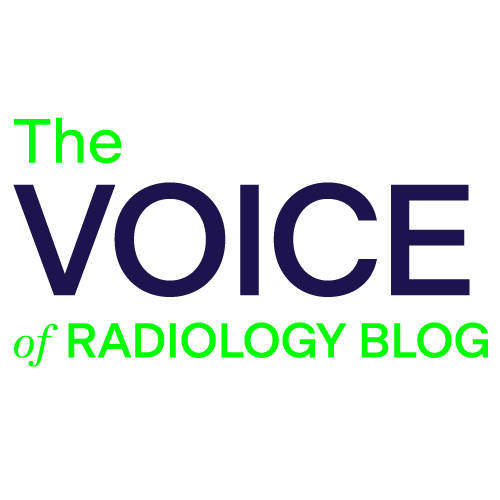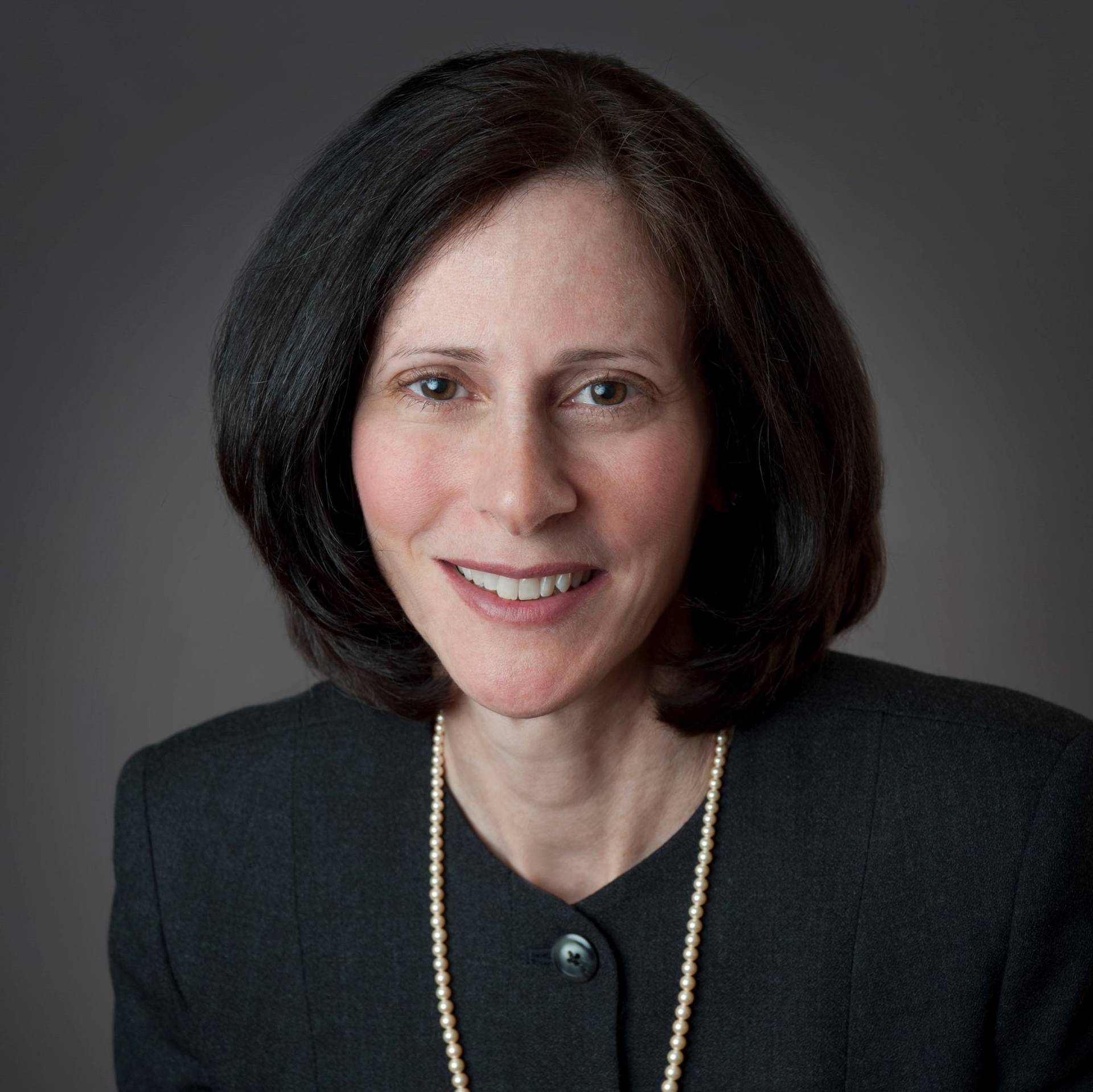Ashley Prosper, MD, Assistant Clinical Professor of Radiology at UCLA Health and Chair of the California Radiological Society Committee on Diversity and Inclusion, contributed this piece.
This week marks the start of Lung Cancer Awareness Month. Though we may recognize Lung Cancer Awareness Month in a much different way than before – due to COVID-19 – we remain focused on achieving equitable care for all by expanding access to and utilization of lung cancer screening.
This lifesaving tool enables providers to detect more early-stage, treatable cancers. Low-dose computed tomography (LDCT) screening is estimated to reduce mortality by 20% relative to chest radiography, and depending on a patient’s sex, can reduce mortality by 24 to 33% as opposed to not screening at all. Despite these excellent numbers, however, the utilization of lung screening with LDCT by eligible patients is woefully low, hovering at or below 5 percent.
What’s more, Black people are disproportionately affected by lung cancer. Black men, despite relatively lower rates of tobacco use, are affected by lung cancer more than any other group. Though this population is at a higher risk, data from the National Lung Cancer Screening trial suggests that Black participants who were screened had the greatest reduction in both lung cancer mortality and all-cause mortality. This data is a testament to the power of lung cancer screenings.
How can we take action to effect change? As members of the healthcare community, we have the capability to directly increase access and utilization across all communities. We must do all that we can to ensure that our patients can get the care they need, regardless of demographics, socioeconomic or other factors. Recognizing that lung screening is a process, it is imperative that LDCT screening programs are welcoming to all participants and foster a relationship of trust, encouraging patients to return for annual screening exams and seek treatment, if cancer is found.
The approach to affect change involves a multi-faceted, collaborative approach between academic institutions, public health specialists, and community and government leaders. This ideology is built on the foundation of population health, which is defined by the Centers for Disease Control and Prevention as, “an interdisciplinary, customizable approach that allows health departments to connect practice to policy for change to happen locally.”
The American College of Radiology® Lung Cancer Screening 2.0 Steering Committee has created several resources to help you get started. Recognizing that screening exams were paused early in the COVID-19 pandemic, tools include a Lung Cancer Screening Resumption of Screening Toolkit to help patients and physicians safely #ReturnToCare. These resources have been developed by leaders in lung cancer screening from across the country who are passionate about increasing access for patients. Aware that the screening process is ever evolving, these resources are regularly evaluated and updated by the LCS Committee.
We have an incredible opportunity to directly improve care for our patients through lung cancer screening. Let’s save lives together by supporting and growing lung cancer screening programs in our communities.
Please share your thoughts in the comments section below and join the discussion on Engage (login required).

categories
Leave a Comment

